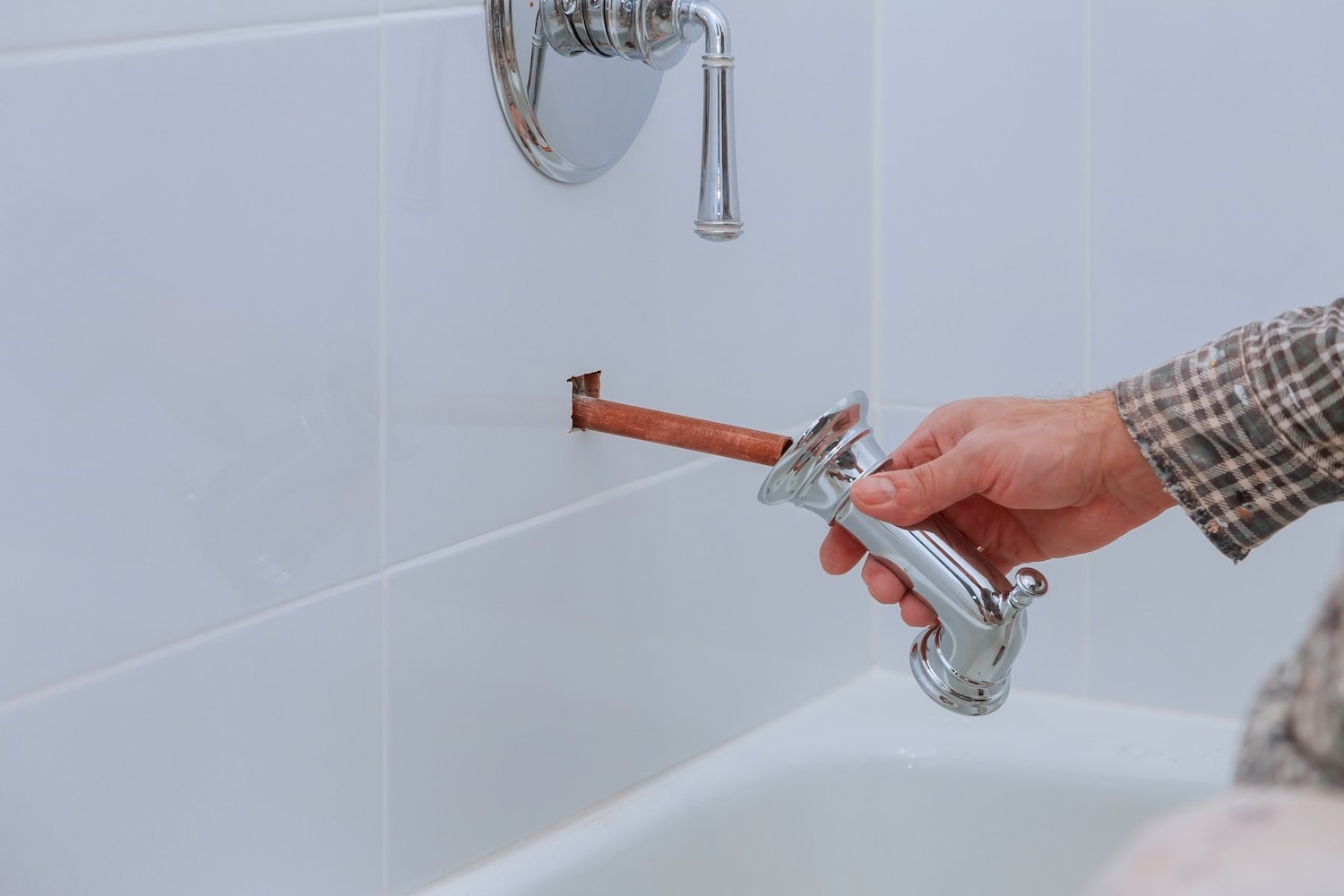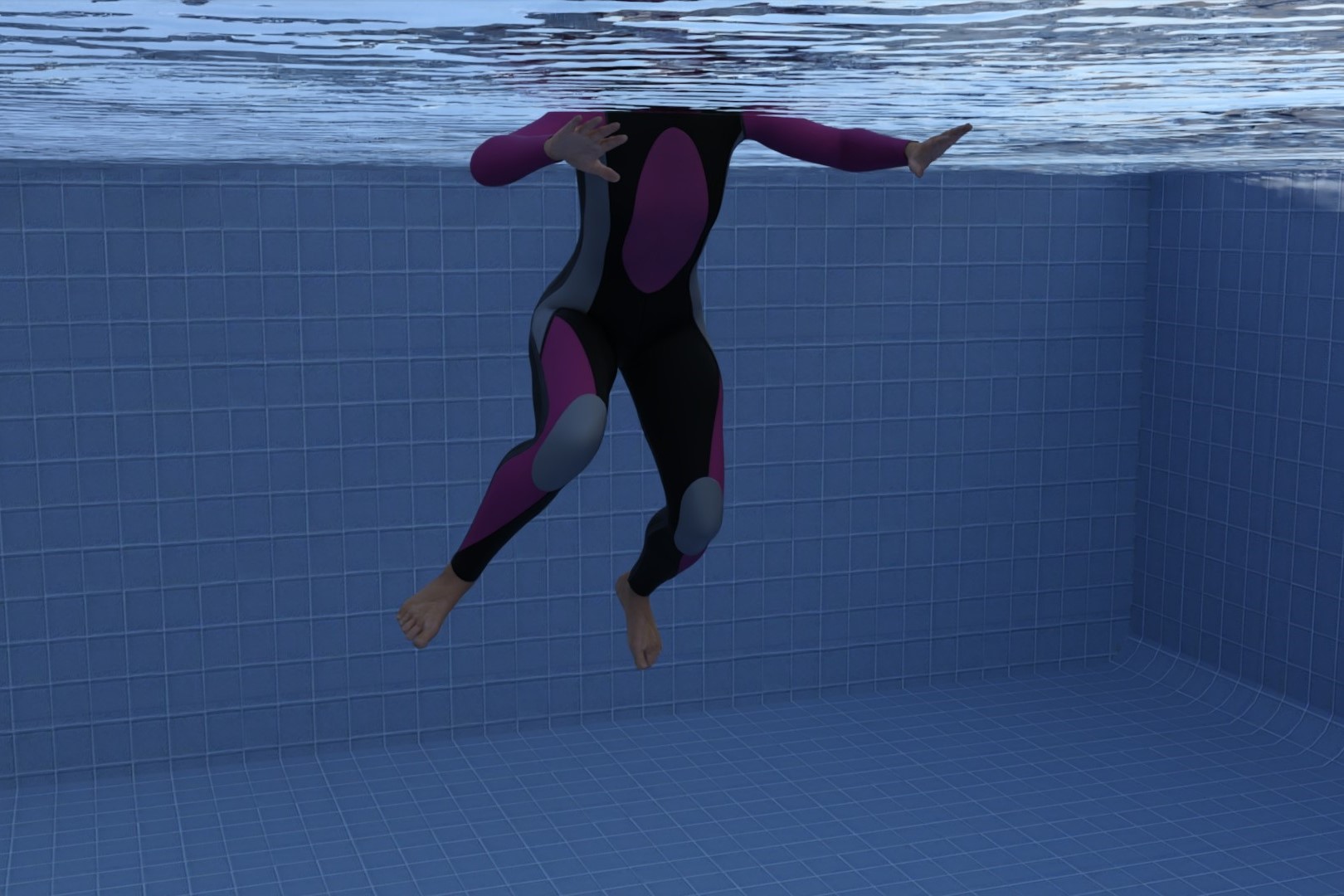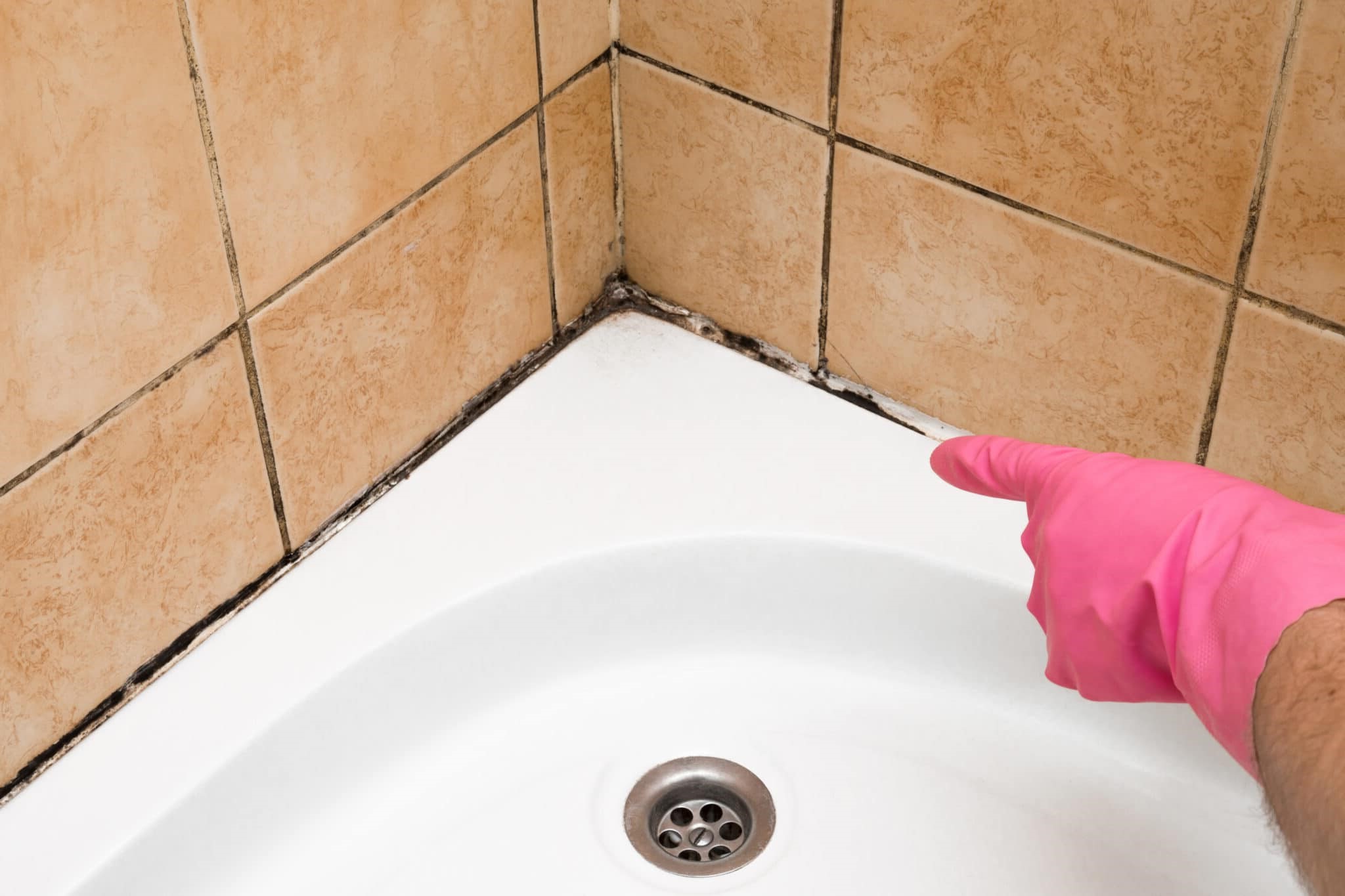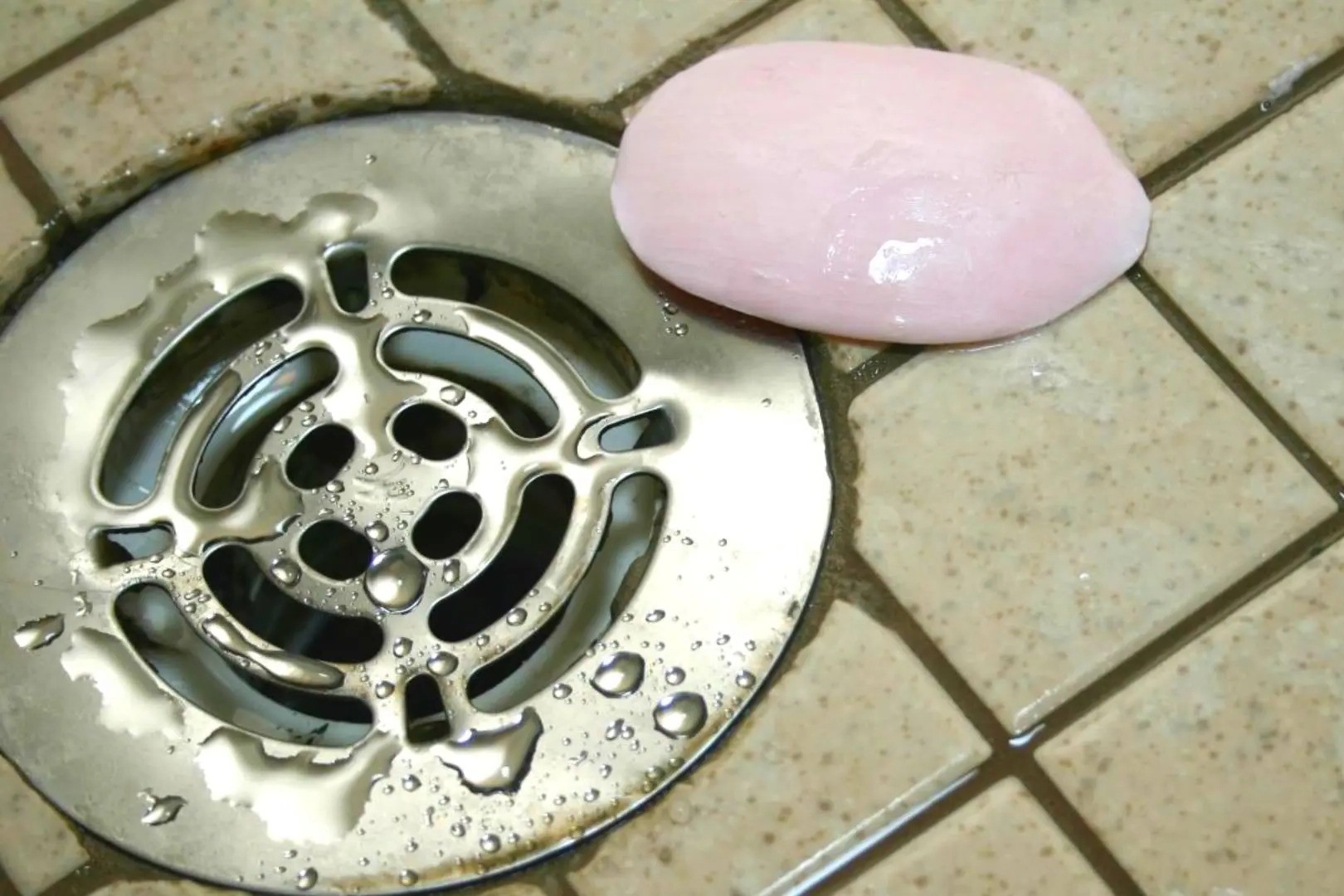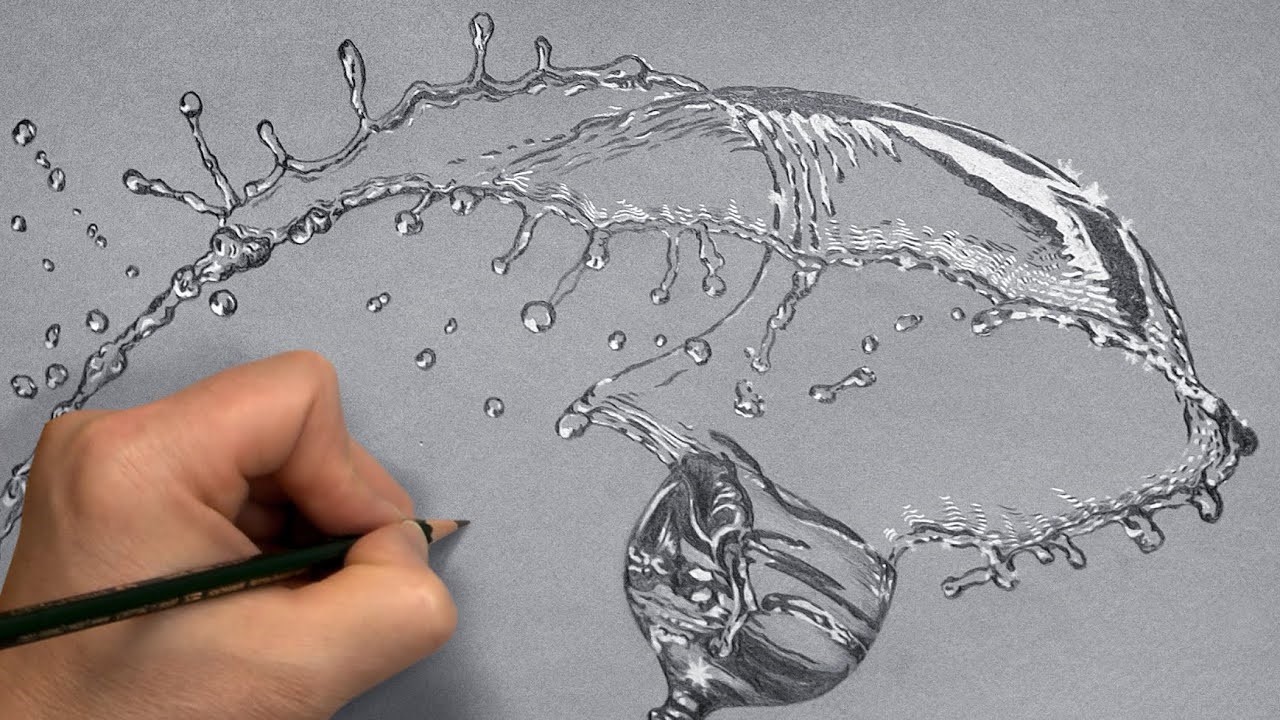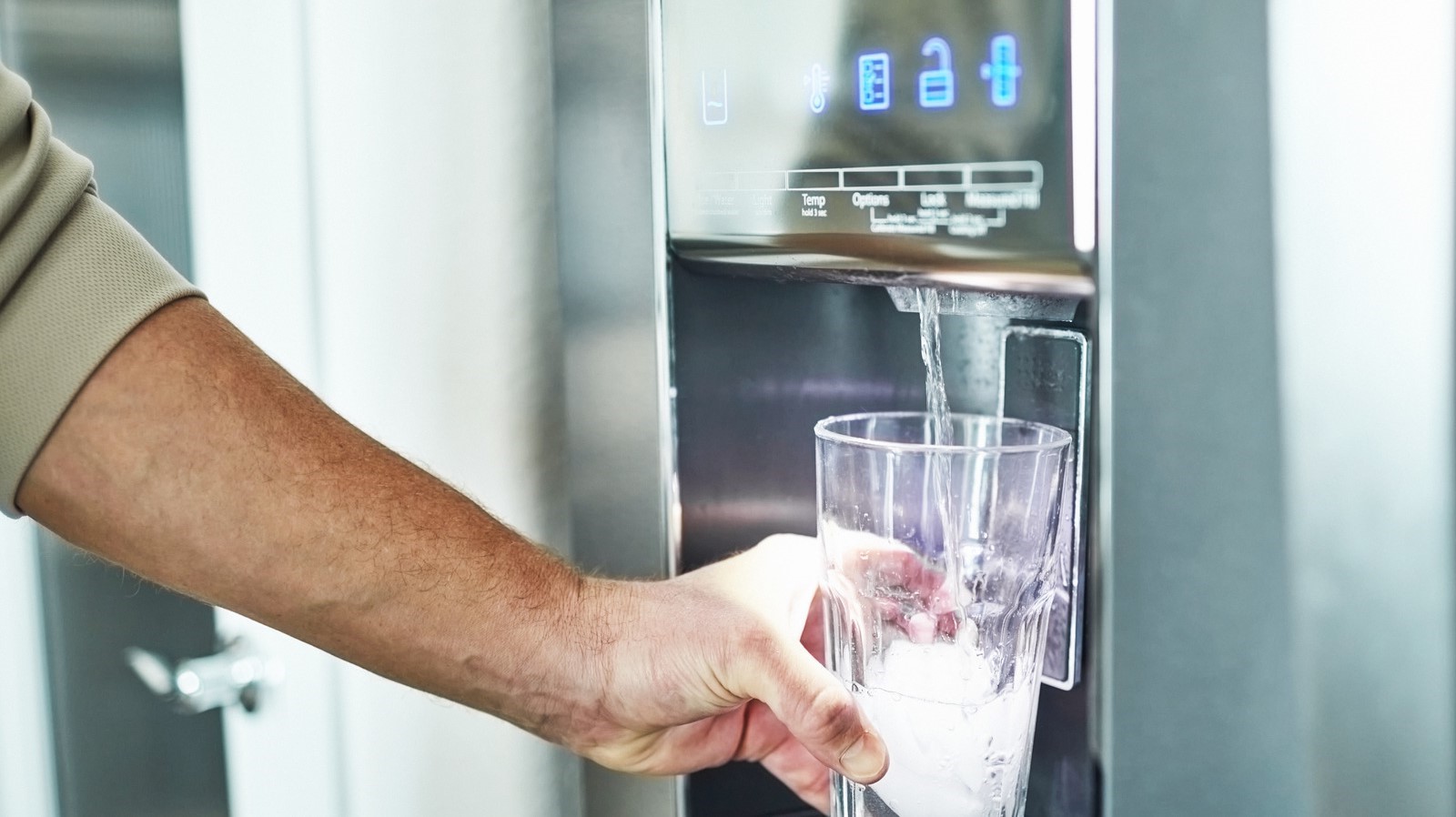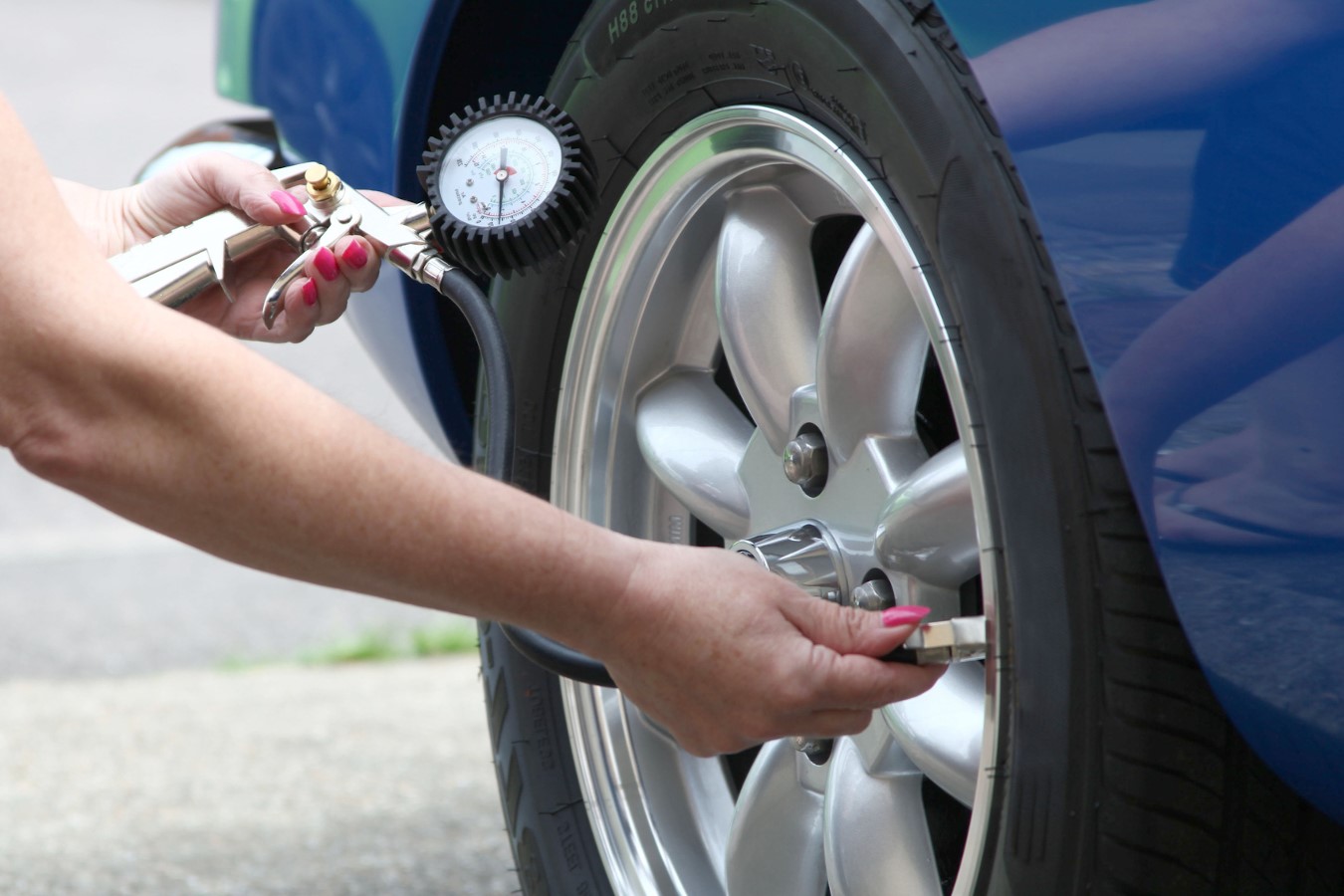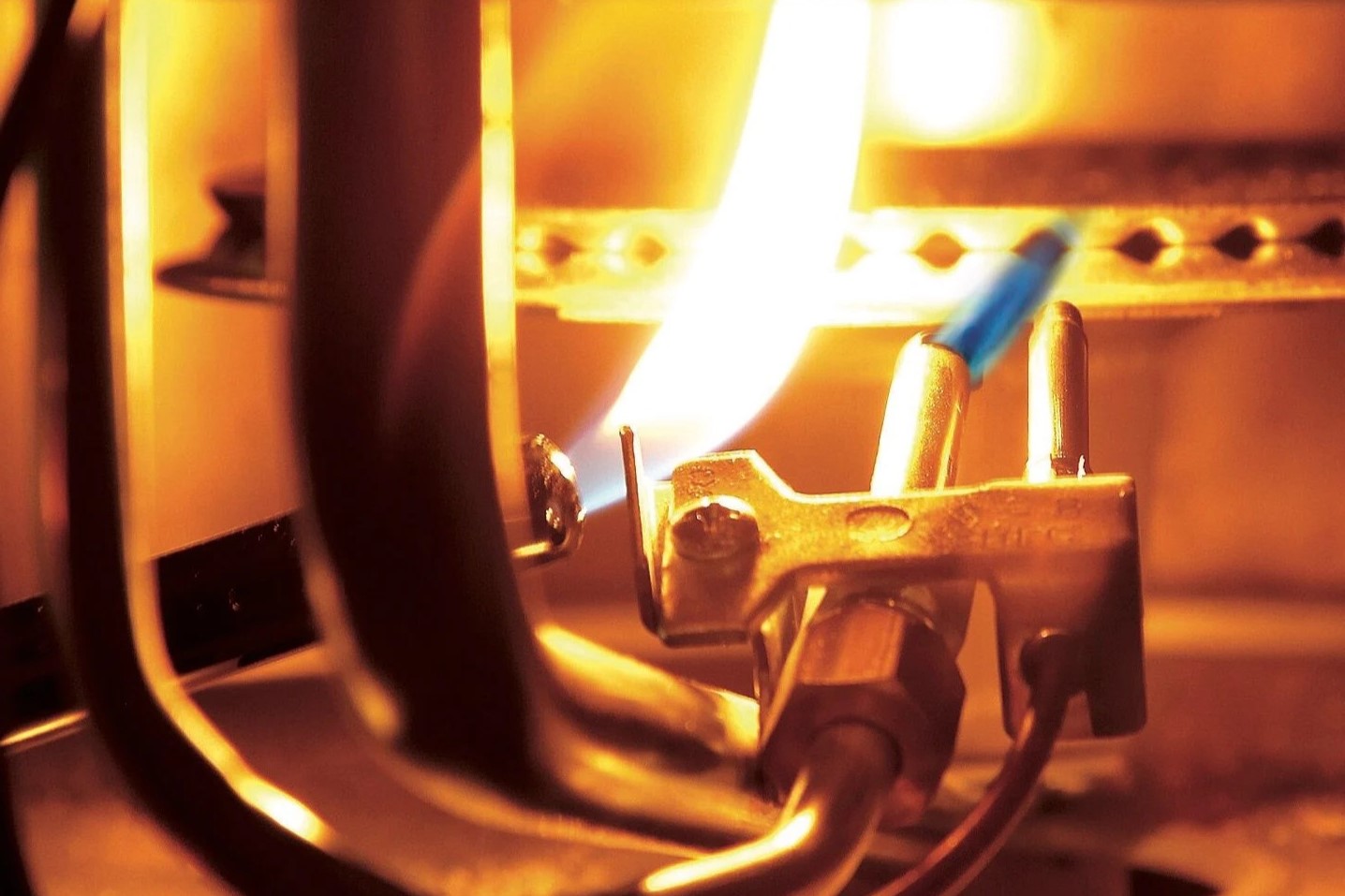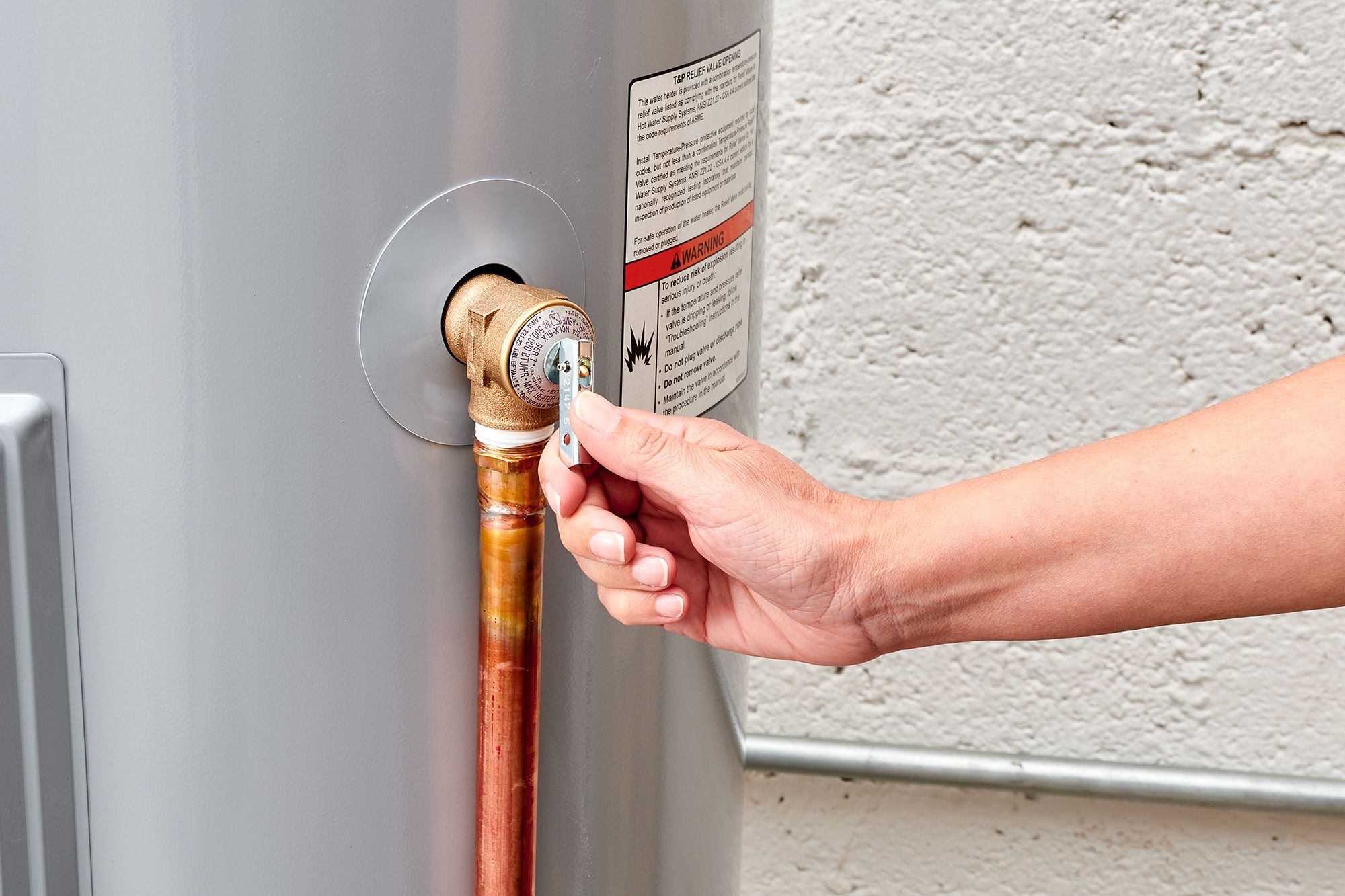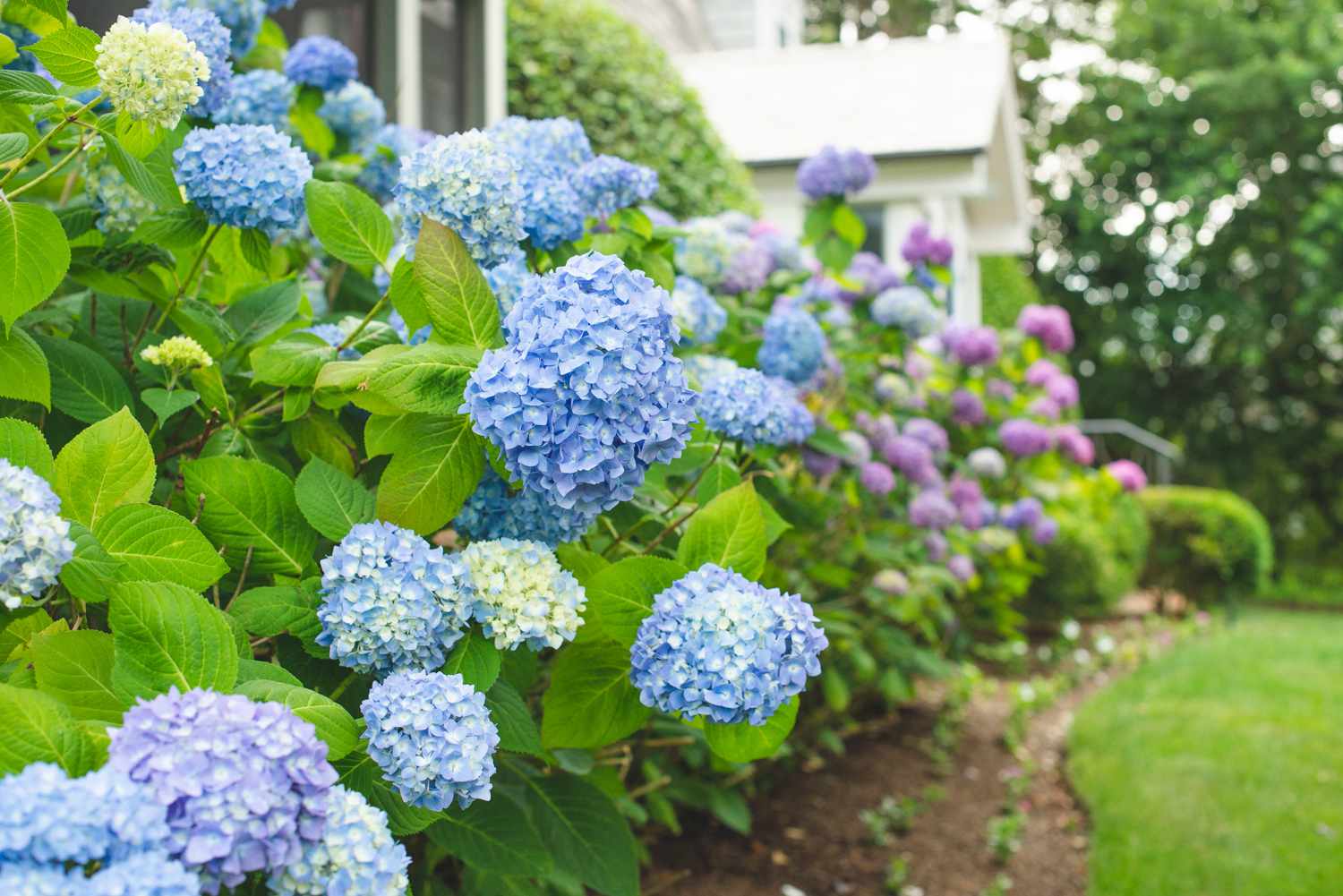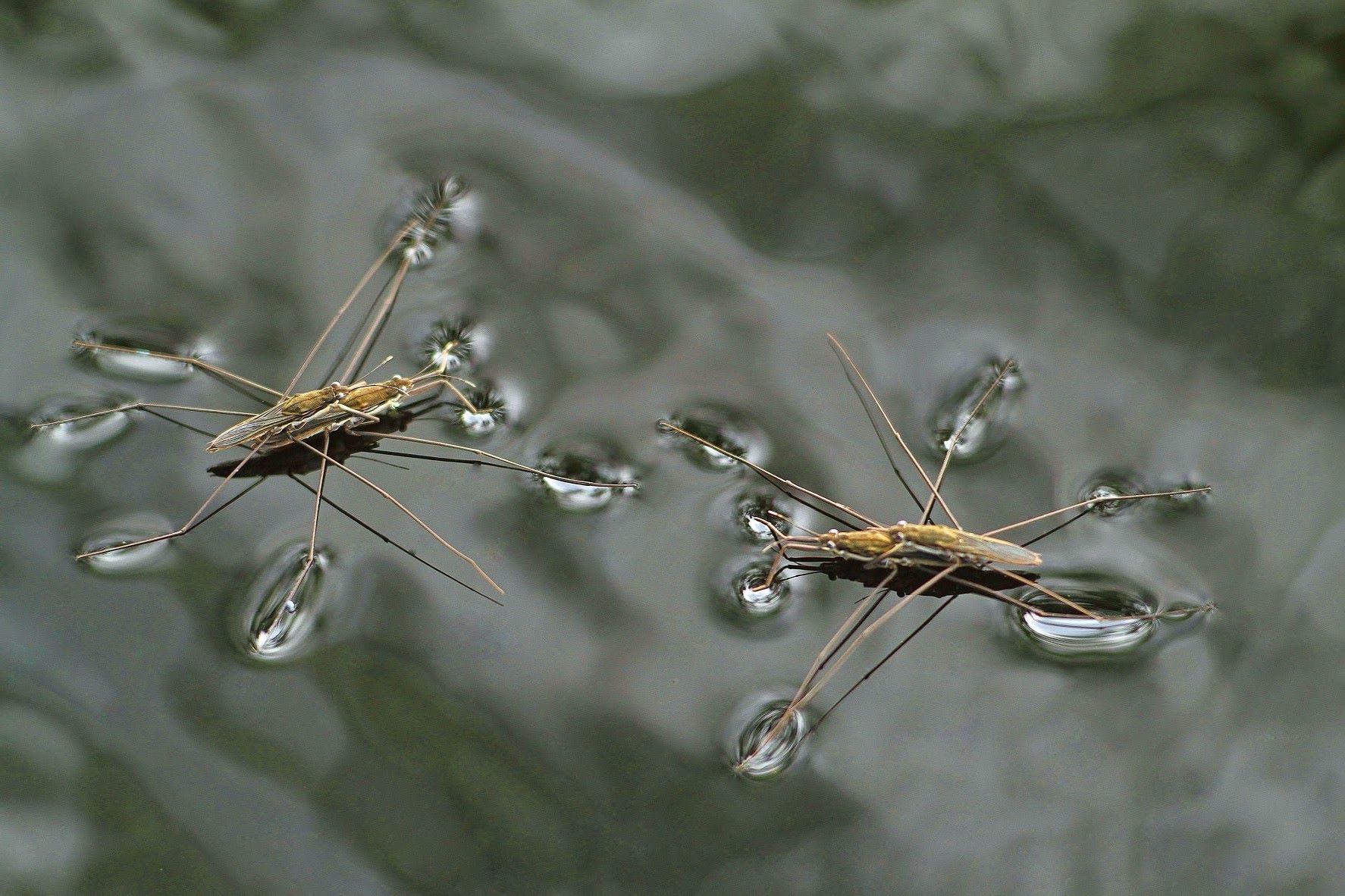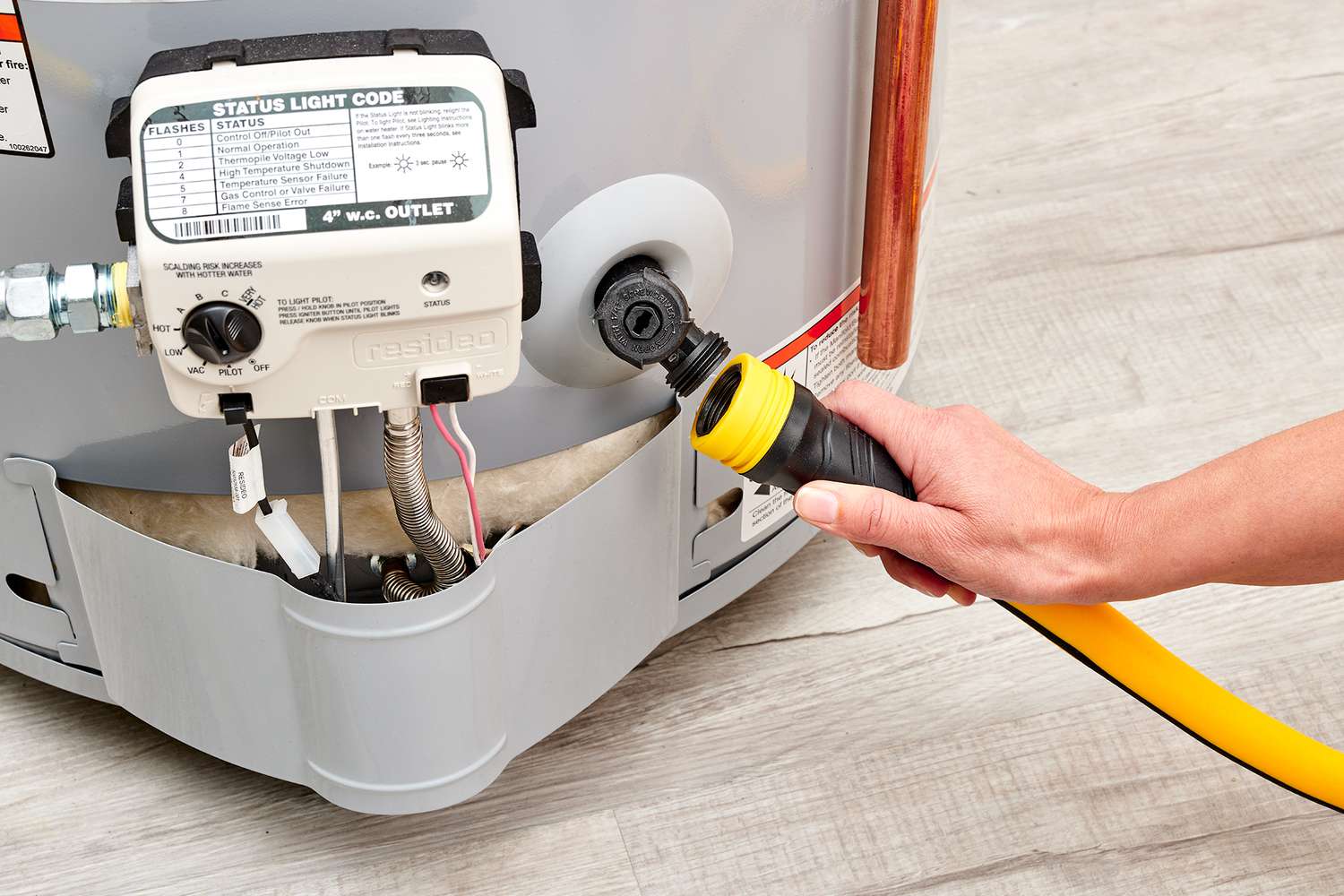Home>Home and Garden>How To Increase Water Pressure In Shower
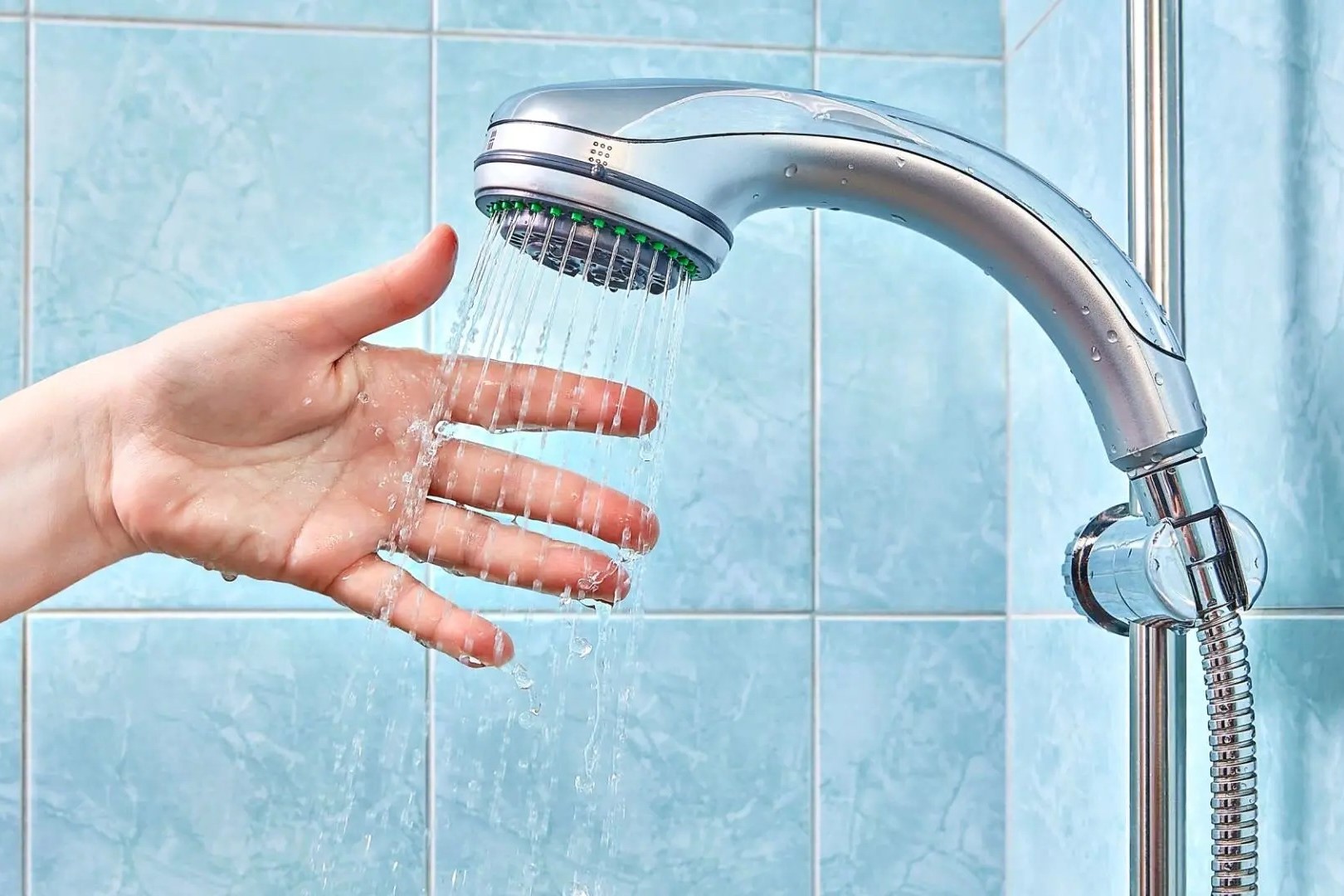

Home and Garden
How To Increase Water Pressure In Shower
Published: March 4, 2024
Learn effective ways to increase water pressure in your shower with these home and garden tips. Improve your shower experience today!
(Many of the links in this article redirect to a specific reviewed product. Your purchase of these products through affiliate links helps to generate commission for Noodls.com, at no extra cost. Learn more)
Table of Contents
Introduction
Having a refreshing and invigorating shower is a daily luxury that many of us cherish. However, low water pressure can turn this relaxing experience into a frustrating ordeal. If you've ever stood under a feeble trickle of water, wishing for a more powerful flow, you're not alone. Fortunately, there are several effective methods to increase water pressure in your shower, allowing you to enjoy a more satisfying and rejuvenating bathing experience.
In this comprehensive guide, we will explore the various causes of low water pressure and provide practical solutions to address this common issue. Whether you're dealing with a clogged showerhead, outdated plumbing, or insufficient water supply, we've got you covered. By understanding the underlying reasons for low water pressure and implementing the appropriate remedies, you can transform your lackluster shower into a revitalizing oasis.
From simple maintenance tasks such as clearing blockages and fixing leaks to more advanced solutions like installing a water pressure booster or adjusting the pressure regulator, we will walk you through each step with clarity and precision. By the end of this guide, you will be equipped with the knowledge and confidence to tackle low water pressure issues head-on, ensuring that every shower becomes a rejuvenating and enjoyable experience.
So, if you're tired of lackluster showers and yearn for a more invigorating bathing experience, join us as we delve into the world of water pressure optimization. Let's unlock the secrets to achieving a powerful and satisfying shower that will leave you feeling refreshed and revitalized.
Understanding the Causes of Low Water Pressure
Low water pressure in the shower can be attributed to various factors, each of which can significantly impact the overall showering experience. Understanding the underlying causes is crucial in effectively addressing this common issue. Here are some common culprits of low water pressure:
-
Mineral Build-Up: Over time, mineral deposits such as calcium and magnesium can accumulate within the showerhead and pipes, restricting the flow of water. This build-up can impede water pressure, resulting in a weak and unsatisfying shower experience.
-
Outdated Plumbing: Homes with aging plumbing systems may experience low water pressure due to corroded or deteriorating pipes. The presence of rust or mineral deposits within the pipes can constrict the flow of water, leading to diminished pressure at the showerhead.
-
Water Leaks: Undetected leaks within the plumbing system can cause a drop in water pressure. Whether it's a small drip or a more significant leak, the loss of water along the pipeline can reduce the overall pressure reaching the shower.
-
Insufficient Water Supply: In some cases, low water pressure may be attributed to inadequate water supply to the property. This can occur in areas with high demand or limited water availability, resulting in reduced pressure during peak usage times.
-
Faulty Pressure Regulator: The pressure regulator, a device that controls the flow of water into the home, can malfunction over time. A faulty regulator may lead to inconsistent water pressure, causing fluctuations in the shower's water flow.
By recognizing these potential causes of low water pressure, homeowners can take proactive measures to diagnose and address the issue effectively. Identifying the specific factors contributing to diminished water pressure is the first step toward implementing targeted solutions that will restore the shower's performance to its full potential.
Checking for Blockages and Leaks
When confronted with low water pressure in the shower, the first course of action is to inspect for potential blockages and leaks within the plumbing system. Blockages, often caused by mineral deposits and sediment accumulation, can impede the flow of water, resulting in diminished pressure at the showerhead. Similarly, undetected leaks along the pipeline can lead to a loss of water, further exacerbating the issue of low water pressure.
To begin the inspection, start by examining the showerhead for any visible signs of mineral build-up. Over time, minerals such as calcium and magnesium can accumulate within the small openings of the showerhead, obstructing the passage of water. If mineral deposits are present, the showerhead can be removed and soaked in a solution of vinegar and water to dissolve the build-up. This simple yet effective method can help restore the showerhead's functionality and improve water pressure.
In addition to the showerhead, it is essential to check for blockages within the pipes leading to the shower. Sediment and mineral deposits can accumulate over time, restricting the flow of water and causing a decrease in pressure. By inspecting the pipes for any signs of blockages, homeowners can identify and address the source of diminished water pressure.
Simultaneously, it is crucial to conduct a thorough examination for leaks along the plumbing system. Even minor leaks can contribute to a significant loss of water, leading to reduced pressure at the showerhead. Inspect the pipes, fittings, and connections for any signs of moisture or water seepage. Addressing these leaks promptly can help mitigate the impact on water pressure and prevent further deterioration of the plumbing system.
In some cases, the presence of blockages and leaks may be indicative of underlying issues within the plumbing infrastructure. Aging pipes, corrosion, and wear and tear can contribute to these problems, necessitating professional intervention to rectify the underlying causes of low water pressure.
By diligently checking for blockages and leaks, homeowners can take proactive steps to address these common culprits of low water pressure. Whether it involves cleaning the showerhead, clearing sediment from the pipes, or repairing leaks, this initial inspection lays the groundwork for restoring optimal water pressure in the shower.
Upgrading Your Showerhead
Upgrading your showerhead is a straightforward yet impactful solution to combat low water pressure and enhance your showering experience. Modern showerheads are designed with advanced features that optimize water flow and pressure, providing a revitalizing and invigorating bathing experience. When selecting a new showerhead, consider the following factors to ensure an effective upgrade:
Consider Water-Efficient Models
Opt for a water-efficient showerhead that is designed to deliver a satisfying shower experience while conserving water. Look for showerheads with the WaterSense label, indicating that they meet the Environmental Protection Agency's criteria for water efficiency. These models are engineered to maximize water pressure while minimizing water consumption, striking a balance between performance and conservation.
Read more: How To Increase Ferritin Levels
Choose a High-Pressure Showerhead
High-pressure showerheads are specifically designed to amplify water pressure, delivering a robust and rejuvenating shower experience. These showerheads are equipped with specialized mechanisms that optimize water flow, resulting in a powerful and invigorating spray. Look for high-pressure showerheads that are engineered to provide a spa-like experience, enveloping you in a cascade of rejuvenating water.
Explore Adjustable Settings
Opt for a showerhead with adjustable settings that allow you to customize the water flow and pressure according to your preferences. Some models feature multiple spray patterns, such as rainfall, massage, and mist, enabling you to tailor the shower experience to suit your mood and relaxation needs. The ability to adjust the settings empowers you to create a personalized and indulgent showering experience.
Consider Anti-Clog Features
Look for showerheads equipped with anti-clog features that prevent mineral build-up and sediment accumulation, ensuring consistent water pressure over time. These innovative designs mitigate the impact of mineral deposits, prolonging the showerhead's performance and maintaining optimal water flow. By choosing a showerhead with anti-clog properties, you can enjoy sustained water pressure without the inconvenience of frequent maintenance.
Professional Installation
Once you've selected the ideal showerhead, professional installation ensures that it is seamlessly integrated into your existing plumbing system. A skilled plumber can expertly install the new showerhead, ensuring proper alignment and connection to optimize water pressure and flow. Professional installation also guarantees that the showerhead functions at its full potential, providing you with a rejuvenating and satisfying shower experience.
By upgrading your showerhead with careful consideration of water efficiency, pressure optimization, adjustable settings, and anti-clog features, you can effectively combat low water pressure and elevate your daily shower routine. The right showerhead has the power to transform your bathing experience, enveloping you in a revitalizing cascade of water that invigorates the body and refreshes the spirit.
Read more: How To Use Shower Steamers
Installing a Water Pressure Booster
When traditional methods such as clearing blockages and upgrading the showerhead fail to sufficiently address low water pressure issues, installing a water pressure booster emerges as a powerful solution to amplify water flow and enhance the showering experience. A water pressure booster, also known as a pump, is designed to increase the water pressure within the plumbing system, ensuring a consistent and invigorating flow of water to the shower.
The installation process begins with a comprehensive assessment of the existing plumbing infrastructure to determine the most strategic placement for the water pressure booster. Ideally, the booster should be installed near the main water supply line to effectively augment the water pressure throughout the entire plumbing system. Professional plumbers possess the expertise to evaluate the layout of the plumbing network and identify the optimal location for the booster, ensuring seamless integration and maximum efficacy.
Once the placement is determined, the installation of the water pressure booster commences with meticulous attention to detail. The booster is connected to the main water supply line, and its operation is synchronized with the existing plumbing system to regulate and enhance water pressure. Advanced models of water pressure boosters are equipped with adjustable settings, allowing homeowners to customize the level of pressure augmentation according to their preferences.
Professional installation of a water pressure booster is essential to ensure the seamless integration of this advanced system into the existing plumbing infrastructure. Skilled plumbers possess the technical proficiency to connect the booster accurately, calibrate its settings, and conduct thorough testing to verify its performance. By entrusting the installation to experienced professionals, homeowners can rest assured that the water pressure booster will effectively elevate the water pressure in the shower, delivering a rejuvenating and satisfying bathing experience.
The installation of a water pressure booster represents a transformative solution for addressing persistent low water pressure issues. By strategically augmenting the water pressure within the plumbing system, this advanced system ensures that every shower becomes a revitalizing oasis, enveloping you in a cascade of invigorating water that rejuvenates the body and refreshes the spirit. With professional installation and meticulous attention to detail, the water pressure booster stands as a powerful ally in the quest for a consistently satisfying shower experience.
Adjusting the Pressure Regulator
The pressure regulator, a vital component of the plumbing system, plays a pivotal role in maintaining consistent water pressure throughout the home. Over time, the pressure regulator may require adjustments to optimize water pressure, ensuring a satisfying and rejuvenating shower experience. By understanding the function of the pressure regulator and implementing the appropriate adjustments, homeowners can effectively address low water pressure issues without the need for extensive renovations or installations.
The pressure regulator, often located near the main water supply line or the water meter, is responsible for controlling the flow of water into the home. It operates by reducing the high pressure from the municipal water supply to a safe and manageable level for domestic use. However, factors such as aging components, sediment accumulation, or fluctuations in the municipal water supply can impact the regulator's performance, leading to diminished water pressure.
To begin the process of adjusting the pressure regulator, homeowners should locate the regulator and familiarize themselves with its configuration. The regulator is typically equipped with an adjustment screw or bolt that allows for precise modifications to the water pressure settings. Before making any adjustments, it is essential to turn off the main water supply to the home to prevent any potential water flow during the process.
Using a suitable wrench or screwdriver, the adjustment screw on the pressure regulator can be carefully turned in small increments to increase or decrease the water pressure. It is crucial to exercise caution and make gradual adjustments while monitoring the impact on the water pressure. By observing the changes in water flow at the showerhead, homeowners can fine-tune the pressure regulator to achieve the desired level of water pressure.
Throughout the adjustment process, it is advisable to test the water pressure at various fixtures within the home, including sinks, faucets, and other showers, to ensure that the adjustments are uniformly applied across the plumbing system. This comprehensive approach guarantees that the water pressure remains consistent and balanced throughout the property, enhancing the overall domestic water supply experience.
Professional assistance from a licensed plumber is recommended for homeowners who are unfamiliar with the intricacies of adjusting the pressure regulator. Experienced plumbers possess the expertise to assess the regulator's performance, make precise adjustments, and verify the impact on water pressure, ensuring optimal functionality and performance.
By adjusting the pressure regulator with precision and care, homeowners can effectively optimize water pressure throughout the home, including the shower, without the need for extensive renovations or installations. This proactive approach empowers homeowners to take control of their water pressure, ensuring that every shower becomes a rejuvenating and satisfying experience, enveloping them in a revitalizing cascade of water that invigorates the body and refreshes the spirit.
Conclusion
In conclusion, addressing low water pressure in the shower is a multifaceted endeavor that requires a comprehensive understanding of the underlying causes and effective solutions. By delving into the intricacies of water pressure optimization, homeowners can transform lackluster showers into revitalizing and invigorating experiences. From diagnosing the common culprits of low water pressure to implementing targeted remedies, the quest for optimal water pressure is a journey that culminates in a rejuvenating shower oasis.
The exploration of low water pressure causes revealed the pervasive impact of mineral build-up, outdated plumbing, water leaks, insufficient water supply, and faulty pressure regulators. Each of these factors can contribute to diminished water pressure, detracting from the shower's performance and the overall bathing experience. By recognizing these underlying causes, homeowners can embark on a proactive path toward restoring optimal water pressure and reclaiming the joy of a satisfying shower.
The proactive measures of checking for blockages and leaks serve as foundational steps in the pursuit of improved water pressure. By diligently inspecting the showerhead, pipes, and plumbing connections, homeowners can identify and address the sources of diminished water pressure, laying the groundwork for a revitalized shower experience. This initial diagnostic phase sets the stage for targeted interventions that mitigate the impact of blockages and leaks, ensuring sustained water pressure and a rejuvenating shower.
The strategic upgrade of the showerhead emerges as a transformative solution to combat low water pressure, offering a gateway to a more satisfying and indulgent shower experience. By selecting a modern showerhead with water-efficient, high-pressure, adjustable, and anti-clog features, homeowners can elevate their daily shower routine to new heights. The installation of a water pressure booster represents a powerful intervention for persistent low water pressure issues, amplifying water flow and ensuring a consistently invigorating shower experience.
Furthermore, the nuanced process of adjusting the pressure regulator empowers homeowners to fine-tune water pressure settings with precision, ensuring a balanced and consistent flow of water throughout the home. This proactive approach allows homeowners to take control of their water pressure, optimizing the shower experience without the need for extensive renovations or installations.
In essence, the journey to increase water pressure in the shower is a testament to the transformative power of proactive maintenance, strategic upgrades, and targeted interventions. By understanding the causes of low water pressure and implementing the appropriate remedies, homeowners can unlock the secrets to a powerful and satisfying shower that leaves them feeling refreshed and revitalized. With each rejuvenating shower, the quest for optimal water pressure becomes a tangible reality, enveloping homeowners in a revitalizing cascade of water that invigorates the body and refreshes the spirit.
